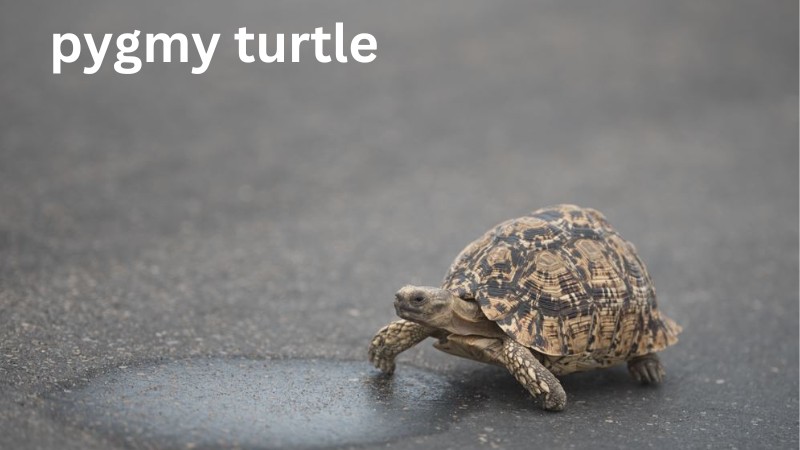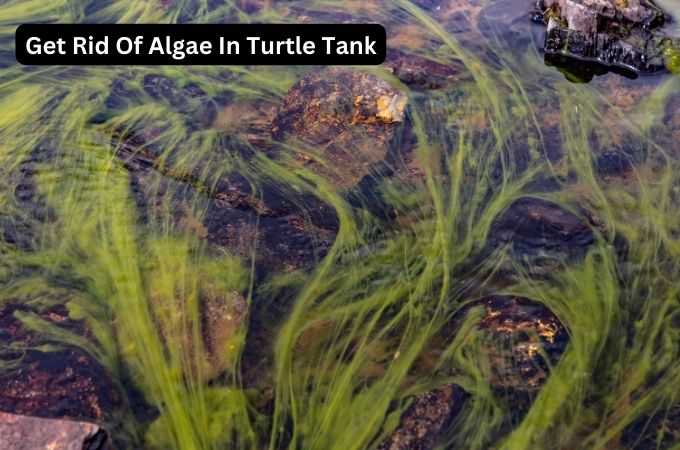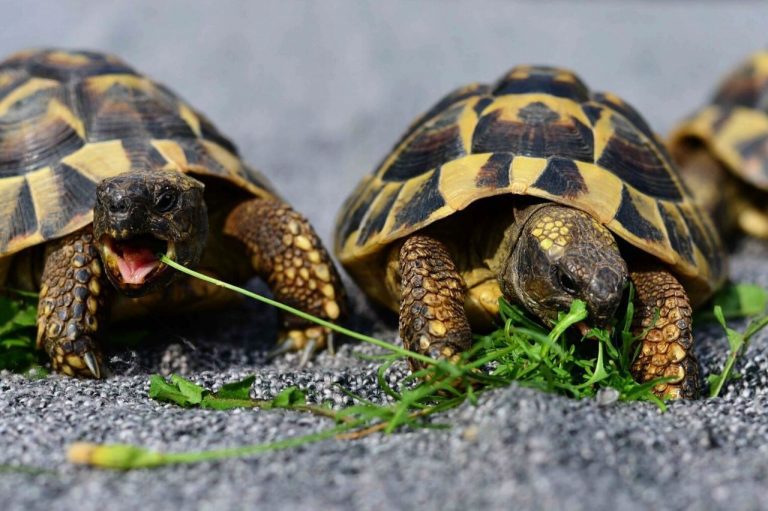pygmy turtle – Cute Little Creatures of the Aquatic World | turtlevoice
If you are looking for a small, adorable pet to keep at home or want to explore the fascinating world of aquatic creatures, pygmy turtles might just be the perfect option for you. These miniature turtles are known for their cute appearance and easy-to-care-for nature, making them an ideal choice for beginners and experienced pet owners alike. In this article, we will take a closer look at pygmy turtles, their characteristics, habitat, care requirements, and much more.
Introduction to Pygmy Turtles
The pygmy turtle, also known as the dwarf turtle, is a tiny species of turtle that belongs to the Geoemydidae family. They are native to Southeast Asia and can be found in various freshwater environments such as ponds, swamps, and slow-moving rivers. Pygmy turtles are one of the smallest species of turtles in the world, with an average shell length ranging from 2 to 4 inches.
The Physical Appearance of Pygmy Turtles
Pygmy turtles have a distinctive appearance that makes them stand out from other turtle species. They have a round and flattened shell that is usually dark in color with yellowish spots or stripes. Their legs are short and sturdy, allowing them to walk on land and swim in water with ease. Their head is small and has a pointed snout, two small nostrils, and tiny eyes that are positioned high on their head.
Habitat Requirements of Pygmy Turtles
In the wild, pygmy turtles are usually found in shallow, freshwater habitats that have plenty of vegetation and hiding places. They prefer slow-moving water bodies with a soft bottom substrate, which allows them to dig burrows and hide during the day. Pygmy turtles are cold-blooded animals and require a warm environment to thrive. Ideally, their enclosure should have a basking area with a heat lamp or UVB bulb that provides 10-12 hours of light each day.
Caring for Pygmy Turtles
Pygmy turtles are relatively easy to care for and make excellent pets for beginners. However, before bringing them home, it is important to ensure that you can provide them with the right habitat, diet, and care requirements. Here are some essential tips for caring for your pygmy turtle:
Housing Requirements
Pygmy turtles require an aquatic setup that mimics their natural habitat. A tank with a minimum size of 20 gallons is ideal for a single turtle. The water should be dechlorinated and maintained at a temperature between 75°F to 80°F. A filter should be installed to maintain clean and healthy water conditions.
Feeding Requirements
Pygmy turtles are omnivores and require a balanced diet that consists of both animal and plant matter. Their diet should include commercial turtle pellets, small insects, earthworms, and dark leafy greens such as kale and spinach. It is important to avoid feeding them human foods, as they may contain harmful preservatives and additives that can cause health problems.
Healthcare Requirements
Pygmy turtles are generally hardy and do not require frequent veterinary visits. However, it is important to monitor their health and behavior regularly. Signs of illness or stress in pygmy turtles include lack of appetite, lethargy, shell discoloration, and abnormal behavior. If you notice any of these signs, consult a veterinarian who specializes in reptile care immediately.
Frequently Asked Questions About Pygmy Turtles
- Are pygmy turtles legal to keep as pets? Yes, pygmy turtles are legal to keep as pets in most states, but it is always advisable to check with your local authorities before purchasing one.
- How long do pygmy turtles live? Pygmy turtles have an average lifespan of 15-20 years, but with proper care and attention, they can live up to 30 years.
- Can pygmy turtles be kept with other turtle species? It is not recommended to keep pygmy turtles with other turtle species as they may become aggressive toward each other, leading to injury or death.
- What should I do if my pygmy turtle stops eating? If your pygmy turtle stops eating, it may be a sign of illness or stress. Consult a veterinarian who specializes in reptile care for advice on how to proceed.
- Can I release my pet pygmy turtle back into the wild? No, it is not advisable to release pet pygmy turtles back into the wild. They may not survive in the wild due to a lack of adaptation and exposure to predators, diseases, and other environmental factors.
Conclusion
Pygmy turtles are fascinating creatures that make excellent pets and are easy to care for. With their unique appearance and small size, they
are perfect for people who want to own a pet without taking up too much space. By providing them with the right habitat, diet, and care requirements, you can ensure that your pygmy turtle lives a long and healthy life.
If you are looking to bring home a pygmy turtle, make sure to do your research beforehand and invest in the right supplies. With proper care and attention, these little creatures can provide you with years of joy and companionship.
So, whether you are an experienced pet owner or a beginner, consider adding a pygmy turtle to your collection of pets and experience the joy and wonder of these fascinating creatures.


